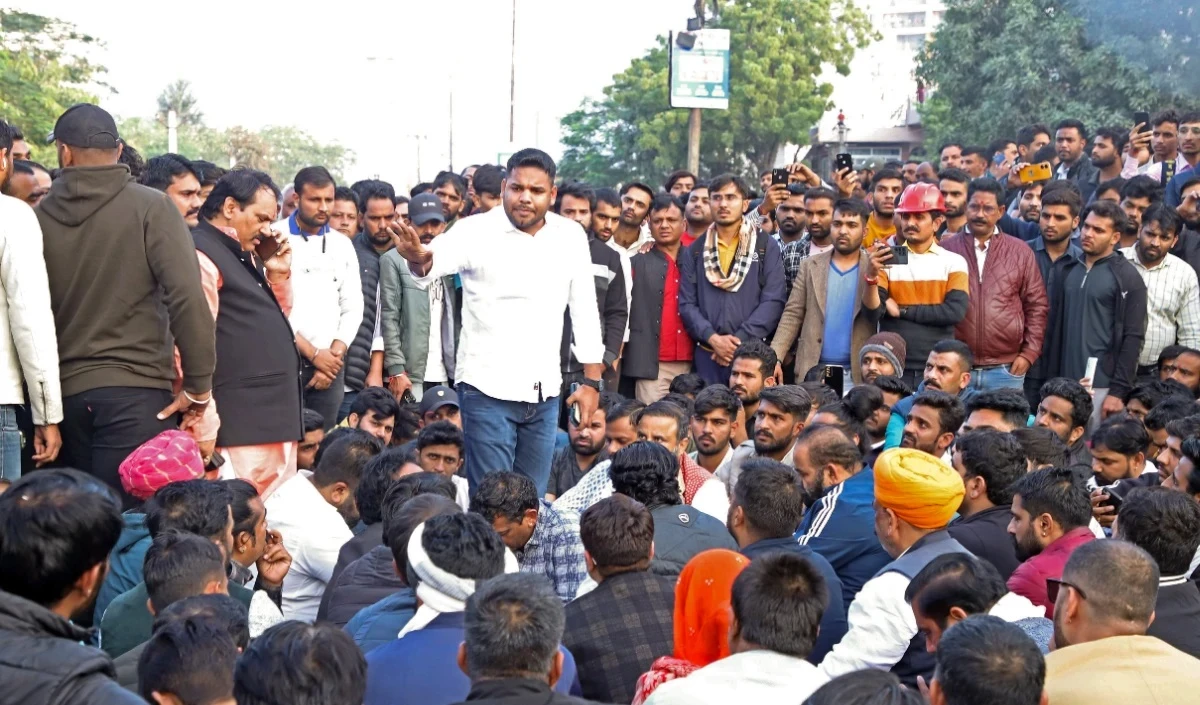A new demographic report of the United Nations has surfaced. India’s population is expected to reach 1.46 billion in the year 2025. With this, it will be the world’s most population. That is, according to the UN report, India’s population will be the highest.
The report has also revealed that the country’s fertility rate has now come down even at the replacement rate. The UNFPA’s 2025 State of World Population Report, The Real Fertility Crisis, has been addressed to incomplete breeding goals out of panic over the decline in fertility. According to this, millions of people are not able to achieve their real breeding goals.
According to this report, this is the real crisis, not a small population or extreme population. The answer lies in better fertility – that is, a person has the ability to make 150 percent independent and informed decisions about sex, contraceptive and family starting. The report also revealed significant changes in population structure, fertility and life expectancy, indicating a major demographic change.
The report found that India’s total fertility rate has come down to 1.9 birth per woman, which is below the replacement level 2.1. This means that on average, Indian women, without migration, are producing less than the number required to maintain the size of the population from one generation to another. Despite the decrease in birth rate, India’s youth population remains important, with 24 percent in the age group of 0–14, 17 percent in the age group and 26 percent in 10-24 age group.
The country’s 68 percent of the population is of working age (15-64), which provides potential demographic dividends, with adequate employment and policy support. Currently the elderly population (65 years and above) is seven percent, this figure is expected to grow with improving life expectancy in the coming decades. By 2025, life expectancy at birth is estimated to be 71 years for men and 74 years for women.
According to the United Nations estimate, India’s population is currently 1,463.9 million. The report said that India is now the world’s most populous country, which has a population of about 1.5 billion – this number is expected to increase by about 1.7 billion, before it starts to decrease, ie after about 40 years. The report said that these figures have stories of millions of couples who decided to start or increase their family, as well as stories of women who had very few options about whether they would be pregnant or not, when or how many times it will be.
In the year 1960, when India had a population of about 436 million, the average woman had about six children. At that time, women had less control over their body and life than today. The report said that less than 1 in 4 women used some kind of contraceptive and less than 1 out of 2 women used to go to primary school (World Bank Data, 2020). But in the coming decades, educational achievement increased, reaching access to reproductive health care, and more women got a chance to raise their voice in the decisions affecting their lives.
The average woman now has about two children in India. While women in India and every other country today have more rights and options than their mothers or granddaughters, they still have to set a long journey, before they are empowered to have a number of children as per their wish, if any, whenever they want.
In the United Nations report, India is placed in a group of medium -income countries, which are undergoing rapid demographic changes, where the population is now estimated to be doubled. UNFPA India representative Andrea M Woznar said, “India has made significant progress in reducing fertility, in 1970, from about five children per woman to about two children today, due to access to better education and reproductive healthcare.”
“This has led to a huge decrease in maternal mortality in maternal mortality, meaning that millions of mothers are alive today, are raising children and forming communities. Still, there are deep inequalities in states, castes and income groups.” He said, “The actual demographic dividend comes when everyone gets freedom and means of choosing informed breeding options. India has a unique opportunity to show how reproductive rights and economic prosperity can move together.”

